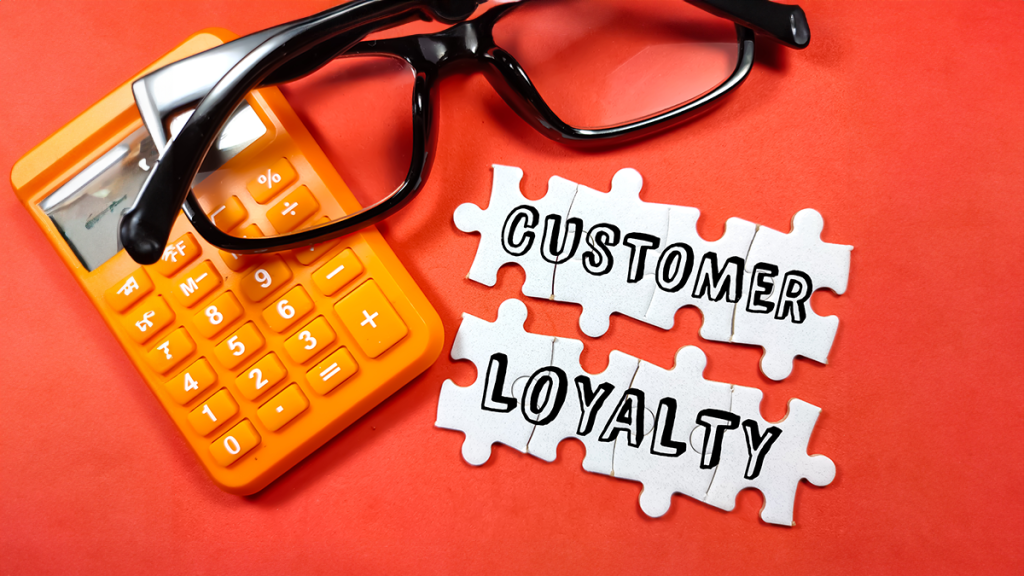

Loyalty letdowns are a significant challenge for businesses aiming to foster repeat guest loyalty. A well-crafted loyalty program can be a key driver of customer retention, but if executed poorly, it can lead to significant disappointment and brand damage. This article explores the concept of loyalty letdowns and provides a detailed roadmap to avoid these pitfalls, ensuring that your rewards program truly values and rewards your repeat guests. We’ll delve into the common causes, analyze real-world examples, and provide actionable strategies for building a loyalty program that fosters customer satisfaction and loyalty. The structure of this article will be as follows: first, we’ll define loyalty letdowns, identify the critical pain points for customers, and present solutions for avoiding pitfalls. Then, we’ll investigate the key causes of loyalty program failures and practical steps to minimize these setbacks. Finally, we’ll offer strategies to create a program that satisfies customers and drives long-term loyalty.
Understanding Loyalty Letdowns: A Deep Dive
Defining Loyalty Letdowns
Loyalty letdowns occur when a customer feels undervalued or disappointed by a reward program. This can stem from various reasons, including a lack of perceived value in rewards, inconsistent or confusing program rules, or the inability to personalize the experience to meet individual needs. Customers who experience let-downs are more likely to abandon the program and switch to competitors offering more appealing or personalized rewards.
Common Causes of Loyalty Program Failures
Inconsistent Reward Structure
A poorly structured program can alienate customers. The rewards should align with customer preferences and offer incremental value with increasing engagement. For example, a coffee shop might offer a free drink after the customer’s third visit, or a discount on their next purchase. These rewards are personalized, directly linked to the purchase history, and encourage continued patronage.
Lack of Transparency and Communication
Customers appreciate clear and transparent communication about the program’s rules, benefits, and how they can maximize their rewards. Ambiguity and lack of communication can cause frustration and uncertainty about the program’s value. Companies should explain in detail how the program works and the various levels of membership.
Personalization and Value Alignment
Personalized Experiences
Customer data is critical in creating a personalized loyalty program. Segmenting customers based on their preferences, purchase history, and engagement levels allows for the development of targeted rewards and communication strategies. This tailoring increases the sense of value and makes customers feel appreciated.
Measuring and Adapting the Program
Constantly measuring the program’s effectiveness is essential. Track key metrics such as customer satisfaction, engagement levels, and program ROI. Adapting the program based on the data analysis ensures continuous improvement and alignment with customer needs. For example, if a particular reward is underperforming, modify it to better suit customer preferences and adjust communication to reflect the value adjustment.
Avoiding Common Mistakes in Loyalty Programs
Creating a Customer-Centric Program
To craft a successful loyalty program, place the customer at the forefront. Consider their needs and desires when structuring rewards, communication, and overall program experience. Understand their purchase history, interaction frequency, and preferred communication channels, and use this data to offer customized rewards and offers. Avoid generic approaches that fail to address individual preferences.
Focusing on the Value Proposition
Highlight the specific value proposition of the loyalty program. Clearly articulate how the program benefits the customer, emphasizing the unique advantages over competing programs. Demonstrate the monetary savings or special perks that enhance the overall customer experience. Illustrate how the program can provide real value and build loyalty.
Case Studies: Learning from Success and Failure
Example of a Successful Program: (Company Name)
[Include a brief case study showcasing a successful loyalty program example from a real company] – What made it successful? Did they use data-driven personalization? What communication strategies did they implement? Did they use metrics to track success?
Example of a Failed Program: (Company Name)
[Include a brief case study of a failing loyalty program] – What caused the failure? Were there communication issues? Did customers feel the program was impersonal? How could they have addressed issues to prevent a failure?
Building a Loyal Customer Base Through Strategic Communication
Personalized Communication
Tailor communications to individual customer preferences. Use data to segment customers based on their purchasing behavior and preferences. Then send targeted messages that resonate with their needs. This approach fosters a sense of personalization and fosters loyalty.
Transparency and Regular Updates
Keep customers informed about program changes and updates. Regular communications build trust and showcase transparency. Let them know what’s changing and why. Provide clear, concise, and easily accessible information, and consider using multiple communication channels (e.g., email, app notifications) to ensure maximum reach.
Long-term Customer Loyalty Through Value and Trust
Building Trust and Transparency
Honesty and transparency are paramount. Customers are more likely to trust and remain loyal to programs that consistently deliver on promises. The program should provide value, be easily understood, and encourage open communication.
Continuous Improvement and Feedback Mechanisms
Regularly solicit feedback from customers. Use surveys, reviews, and comments to gather insights about their experience with the loyalty program. This allows for constant adjustments and improvement, resulting in a program that truly meets customer expectations.
The Importance of Customer Experience in Loyalty Programs
The Value of a Positive CX
A positive customer experience is critical. Customers seek a seamless, effortless experience from start to finish. Analyze what parts of your loyalty program are creating positive experiences versus which parts might create frustration. A positive experience drives loyalty.
Addressing Potential Challenges
Have a strategy for addressing issues that customers might face. This can be through dedicated support channels or customer service solutions. The customer service approach should allow them to resolve issues with minimal effort. Offer assistance and make the experience smooth and consistent.
The Power of Data and Analytics in Loyalty Programs
Data-Driven Decision Making
Leveraging data is key to understanding customer preferences and behavior. Track key metrics, such as engagement levels and redemption rates, and use this information to adjust rewards, communication strategies, and program design.
Using Analytics to Improve the Program
Analyze the data to identify areas for improvement. Is there a significant drop-off in customer engagement at any stage of the program? Analyze trends, patterns, and behaviors to enhance program effectiveness and ensure it delivers value to all participants. Use the data to anticipate customer needs and refine your program accordingly to provide the highest value for members over time. A consistent understanding of customer behavior allows you to offer the best rewards possible, tailor communications, and adapt the entire program for maximum impact and loyalty generation.
Loyalty programs are a powerful tool for driving repeat business, but their effectiveness hinges on delivering on promises. Loyalty letdowns, where customers feel undervalued or disappointed by a reward program, can quickly damage a brand’s reputation and customer relationships. To avoid these pitfalls, businesses need to focus on creating a seamless and personalized experience that truly values their repeat guests. By understanding the root causes of loyalty program failures, businesses can take proactive steps to avoid these issues and create a loyal customer base that will return time and time again. Invest in understanding your customers’ preferences, and personalize the program to deliver value. Continuously evaluate and improve your program, and prioritize communication and transparency. This approach will ensure your loyalty program doesn’t just build a loyal customer base but also a positive brand reputation.